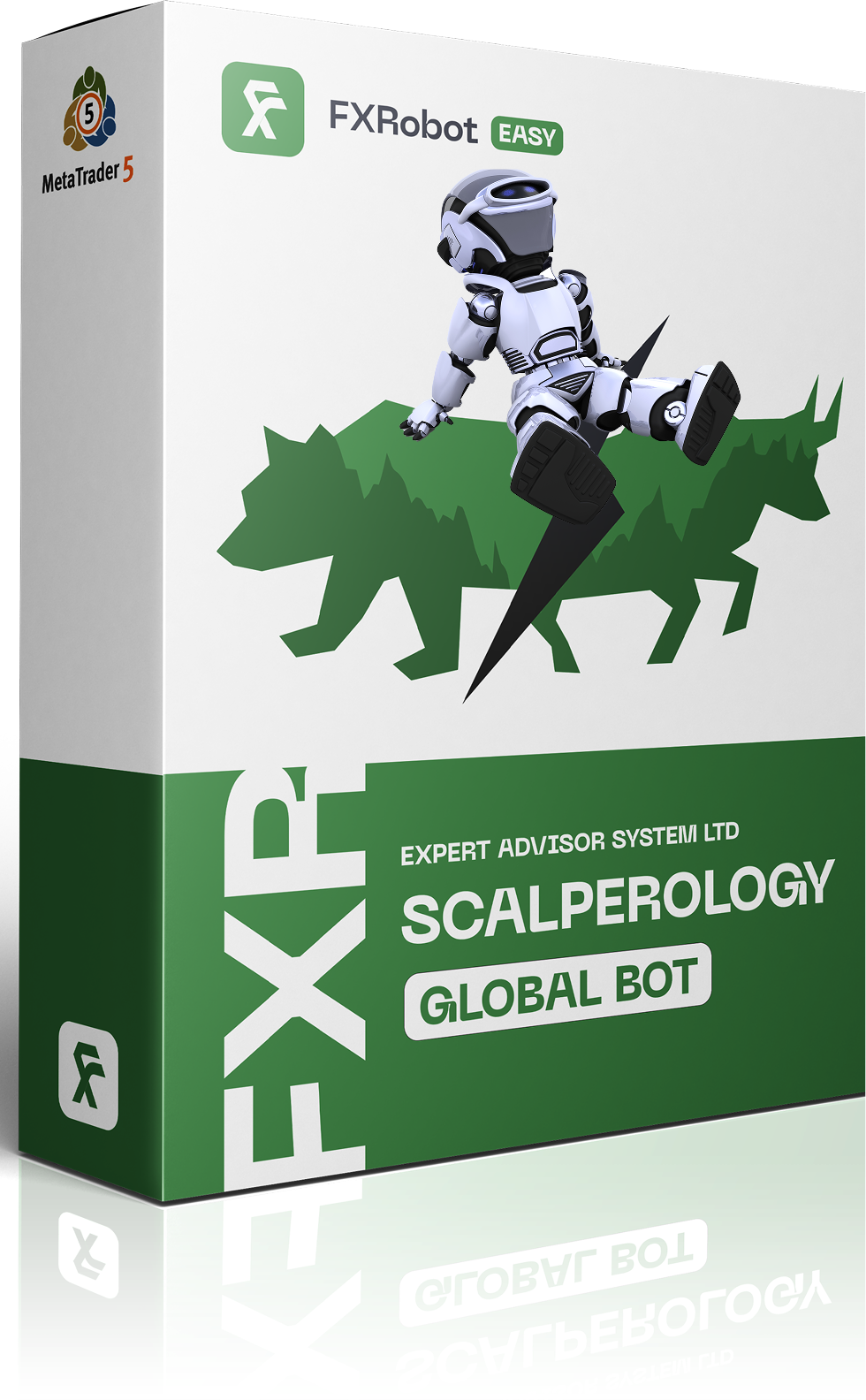At this time, purchasing EASY Bot items is not available to all members. Read more - how to get access to purchase
Indicator Comparison
Find the Right Edition That Fits You



Scalperology Ai MT5



























 Try it Free🍀
Try it Free🍀
Global
Pairs:

 AUD/JPY
AUD/JPY
AUD/JPY
AUD/USD
EUR/AUD
EUR/GBP
EUR/JPY
EUR/NZD
EUR/USD
GBP/USD
NZD/USD
USD/CAD
USD/CHF
USD/JPY
30-Day Profit:
0%
7-Day Profit:
0%
Support:
24х7 via Telegram

Breakopedia Ai MT5

































 Try it Free🍀
Try it Free🍀
Global
Pairs:

 AUD/JPY
AUD/JPY
AUD/JPY
AUD/USD
EUR/AUD
EUR/GBP
EUR/JPY
EUR/NZD
EUR/USD
GBP/USD
NZD/USD
USD/CAD
USD/CHF
USD/JPY

XAU/USD

XAG/USD

XBT/USD
30-Day Profit:
0%
7-Day Profit:
0%
Support:
Developer
Understanding Indicator Comparison
- Indicator comparison involves evaluating various trading indicators against each other to determine their effectiveness in optimizing trading strategies.
- Traders often seek to find the best indicators that align with their trading style, whether it's scalping, day trading, or long-term investing.
- For instance, the EASY Trendopedia bot is engineered to streamline the identification of trends, while the EASY Scalperology bot excels in short-term price fluctuations.
Types of Indicators
- Trend indicators, such as moving averages and the Waddah Attar Explosion, help assess the overall market direction 📈.
- Momentum indicators, including the RSI and MACD, are used to identify the strength of price movements.
- Volatility indicators gauge market fluctuations, such as the Percentile of Historical Volatility.
Comparison Parameters
- Effectiveness: How accurately does the indicator predict price movements?
- Ease of use: Are the signals clear and actionable for traders of all skill levels?
- Repainting: Does the indicator retain its signals, or does it change historical signals based on future price movements?
Key Indicators to Consider
- The Pairs Spread indicator measures the correlation and distance between two correlated currency pairs ⚖️.
- The CounterTrend 4 is built to identify reversal points, especially useful in volatile markets.
- The Auto TrendLine indicator automatically plots significant trend lines and generates buy/sell signals based on market behavior.
Advantages of Indicator Comparison
- By comparing indicators, traders can build a more robust trading strategy that combines strengths from multiple indicators.
- It allows traders to identify which indicators work best together, potentially enhancing the overall trading performance.
- This can be particularly helpful in optimizing entry and exit points, tailoring strategies to specific market conditions.